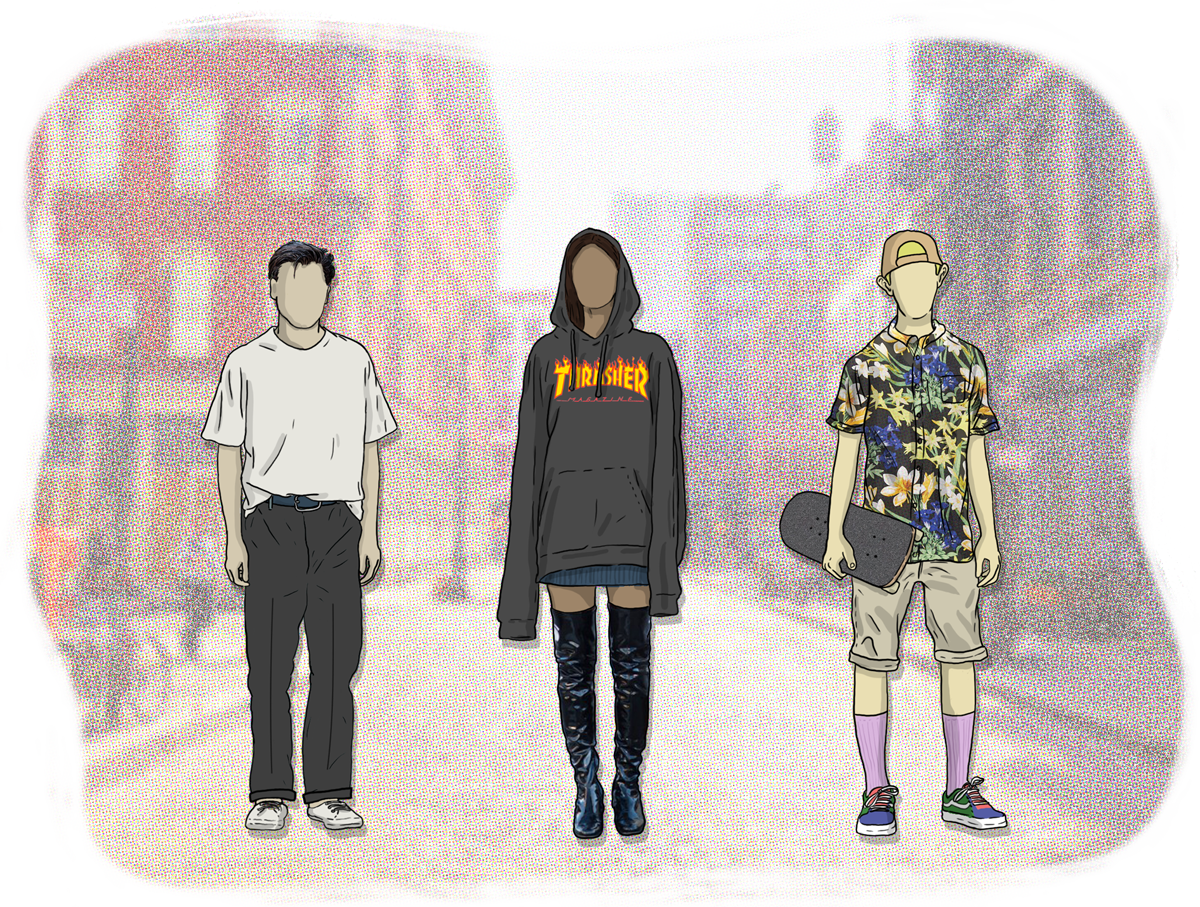
Skateboarding is plastered just about everywhere you look. It’s in major motion pictures, on TV, inside expensive stores, and on your cell phone at every waking moment.
Skateboarding has experienced waves of trendiness before (think ’80s Back To The Future or ’00s “Sk8er Boi“), but one of the biggest differences today is that the high-end fashion world has adopted it as an entire aesthetic.
Now, consumers are buying skate-inspired goods from brands like Burberry and Louis Vuitton rather than goods from actual skate brands like they did in the 2000s. As such, the brands profiting most from skateboarding’s trendiness aren’t skate brands, but outsiders drawing from our culture.
So this got us wondering. When did non-skate brands decide it was a good idea to use skateboarding as a marketing ploy? And, how much longer can this nonsense possibly go on?
To start, we talked with our friend Andrew Luecke, co-author of the book COOL: Style, Sound, and Subversion, which analyzes and chronologizes most major trends to date. He helped us timeline skateboarding’s trendiness in the mainstream and pinpointed a few key moments over the last decade.
According to Luecke’s analysis, it seems that skateboarding’s time in the spotlight is fitting neatly into a 10-year window, and that timeline begins with Supreme. In the last decade, Supreme has become the fashion world’s gateway drug into skateboarding. It has teetered between being both high-end and street level, and to its customers, the brand simultaneously signifies a sense of elite status and urban cool.
“The first Supreme/Thrasher collaboration [released in 2011] really had outside impact on kickstarting the trend,” Luecke said.
When this collaboration was released, hypebeasts and rich fashionistas alike were already all in on Supreme. But previously, Supreme was more known for collaborating with high-end fashion brands like visvim and sportswear brands like The North Face and Fila. This collaboration brought Thrasher‘s iconic flame logo into their wardrobe for (most likely) the first time.
Tyler, The Creator and Earl Sweatshirt—then members of the buzzy rap group Odd Future, and actual skaters themselves—also contributed to the explosion of Supreme and, as a result, the skate style trend overall.
They were constantly spotted in Supreme clothing and were close affiliates of the brand via the LA Fairfax store. They also wore tons of Thrasher, HUF, Vans, and other skate brands’ clothing, which was rare if not unheard of for rappers at the time.
Tyler was even photographed in items from the 2011 Supreme/Thrasher collaboration. With his cult-like following, he soon birthed tons of copycats, and because it was so easy to attain staples of Tyler and Odd Future’s styles at any random Zumiez—Vans, HUF socks, Thrasher tees, and camp caps—the trend skyrocketed.
Luecke also credited Supreme’s first full-length video “cherry”, released in 2014, with furthering the trend by presenting the new, slightly polarizing, “looks” of Sean Pablo, Sage Elsesser, Aidan Mackey et al. “cherry” also reintroduced both skaters and non-skaters to pairing Chuck Taylors with high cropped pants—an ongoing phenomenon within skateboarding and beyond that we covered here.
“Taking a look at pant silhouettes released by various high-end fashion brands around that time, it’s clear to us as skaters where [designers] were taking the cues from,” Luecke said. And just glancing at a few looks from the years between 2015-2017, you can see styles that are reminiscent of Dylan Rieder, Sage Elsesser, and Sean Pablo from “cherry”.
In the years after “cherry”, Rihanna and several supermodels were spotted wearing Thrasher hoodies in their downtime, and fashion publications like Vogue began to take note in their coverage.
This now infamous 2016 Vogue article includes quotes from people openly admitting that throwing on Thrasher tees was an easy way to add street cred and edginess to their persona: “[The T-shirt] makes for something that can instantly add a dose of hardness to any polished ensemble.”
The Thrasher hoodie article was part of Vogue’s cringey “Skate Week”, and according to Luecke, “For the cool kids, ‘skateboarding the trend’ died with Vogue Skate Week. Amongst normal people, I still think it’s going to go for another two years.”
Beyond the short list of “influencers” listed above, plenty of other celebrities helped push skateboarding into the mainstream from 2011 until now. Lil Wayne, Justin Bieber, Jaden Smith, The Skate Kitchen, Skate Moss, and Briana King have all arguably helped bring “skate style” to new audiences via their reach outside of skateboarding.

I spoke with Lianne Piroddi of Stylus, a trend forecasting agency based in the UK, to help me figure out why brands outside of skateboarding became so enamored with skateboarding in the first place and why they used it as a marketing tool.
She suggested that luxury brands have always tried to tap into younger markets like Gen Z and millennials, which pushed them toward skateboarding.
“Skate culture has always been closely associated with the tropes of youth, community, and freedom,” Piroddi said, and skateboarding has a distinct style and authenticity that brands want to associate with. In simple terms, outside brands love the idea of a diverse and outspoken group of friends banding together over a shared activity.
But since most brand directors don’t know skateboarding intimately (because they don’t skate themselves) they can only connect with it on a superficial level.
I also asked Piroddi if she foresees skate style maintaining its popularity as we cross into the next decade. She mentioned that since streetwear and skateboarding style are simple and comfortable at their cores, it’s very easy for designers and outsiders to continue to draw ideas from skateboarding.
“I don’t think that kind of sportswear/streetwear style [in general] is going to go anywhere. It’s the base level,” she said.

On the other hand, Piroddi mentioned that brands—both at the high-end and everyday consumer levels—are going to have to evolve in the coming years because of a shift away from the “hype culture” that drove the trend for so long. Instead, consumers are beginning to look for “different lines of thinking and new shopping experiences.”
If skate brands want to keep high-end retailers and non-skaters as customers, and that’s a very big if, they’ll have to tweak their own identities in order to avoid being dropped by customers outside of their core audience.
Piroddi mentioned that she and her team at Stylus have already observed a shift among fashion-oriented youth away from a straightforward “traditional skate style” or some form of “skater uniform.” Instead, they see it becoming incorporated into something with a more “trippy vibe,” as she described it.
Young people, she said, are becoming more and more concerned about their well-being and their communities and immediate environments. “Combining that [focus on health and community] with modern day cannabis culture and psychedelics…that’s where we’ve seen the look moving toward for this year.”
In other words, if there was ever a time for iPath and Planet Earth to make a comeback, it’s now.
If Piroddi is correct, “skateboarding” may have transcended its trendiness phase and become fully embedded into the mainstream as a basic style people can subscribe to. “Skater” has become a blanket term to refer to a certain look, the same way you might describe someone as being “preppy” or “sporty.”
So we may continue to see non-skateboarders try to apply a skateboarding veneer to their outfits and personalities, but they won’t be doing so wearing real Vans and Thrasher tees. As consumers do this, they may even forget the names of the skate brands they’re taking their inspiration from.
That’d probably be for the best, since it’ll mean we’ll finally stop running into damn photo shoots at the skatepark.
Related Posts
Comments
Popular
-
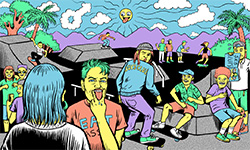 MY EXPERIENCES IN SKATEBOARDING
MY EXPERIENCES IN SKATEBOARDING
"I've been terrified of garnering the reputation of 'ramp-tramp' or 'pro-ho' just from spending time with skaters."
-
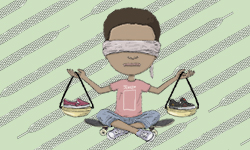 WHAT WOULD MAKE SKATERS DITCH THE BIG SHOE BRANDS?
WHAT WOULD MAKE SKATERS DITCH THE BIG SHOE BRANDS?
We asked younger skaters how small shoe brands could win back their business from the big budget behemoths.
-
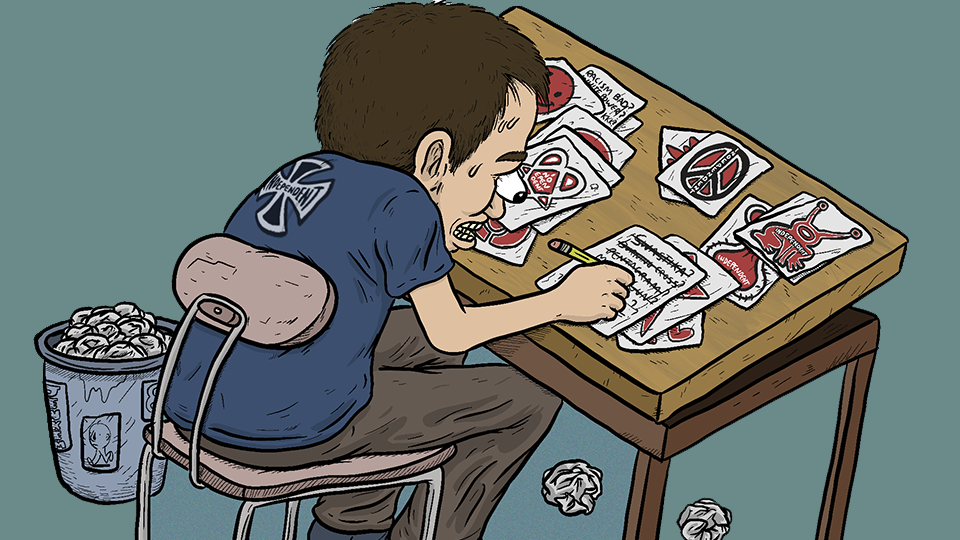 8 ARTISTS REIMAGINE THE INDEPENDENT LOGO
8 ARTISTS REIMAGINE THE INDEPENDENT LOGO
What would an Independent rebrand even look like?
-
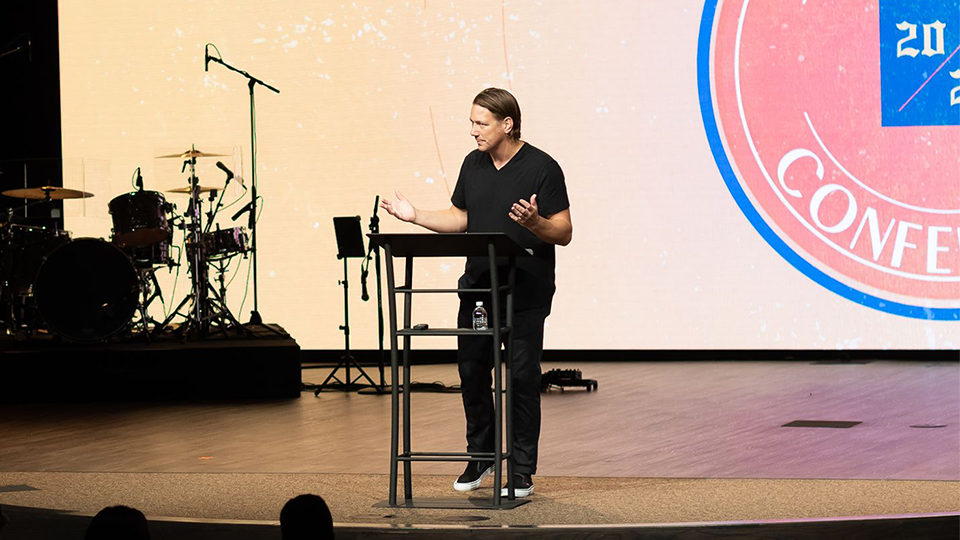 BRIAN SUMNER ON LEAVING THE SKATE INDUSTRY AND FINDING CHRISTIANITY
BRIAN SUMNER ON LEAVING THE SKATE INDUSTRY AND FINDING CHRISTIANITY
"People are going to hate you for different stupid reasons, but people shouldn’t be divided over the faith."
-
 WHAT’S HAPPENING WITH CORY KENNEDY?
WHAT’S HAPPENING WITH CORY KENNEDY?
Following his car accident last year, Cory Kennedy was recently sentenced to 4 years in prison.

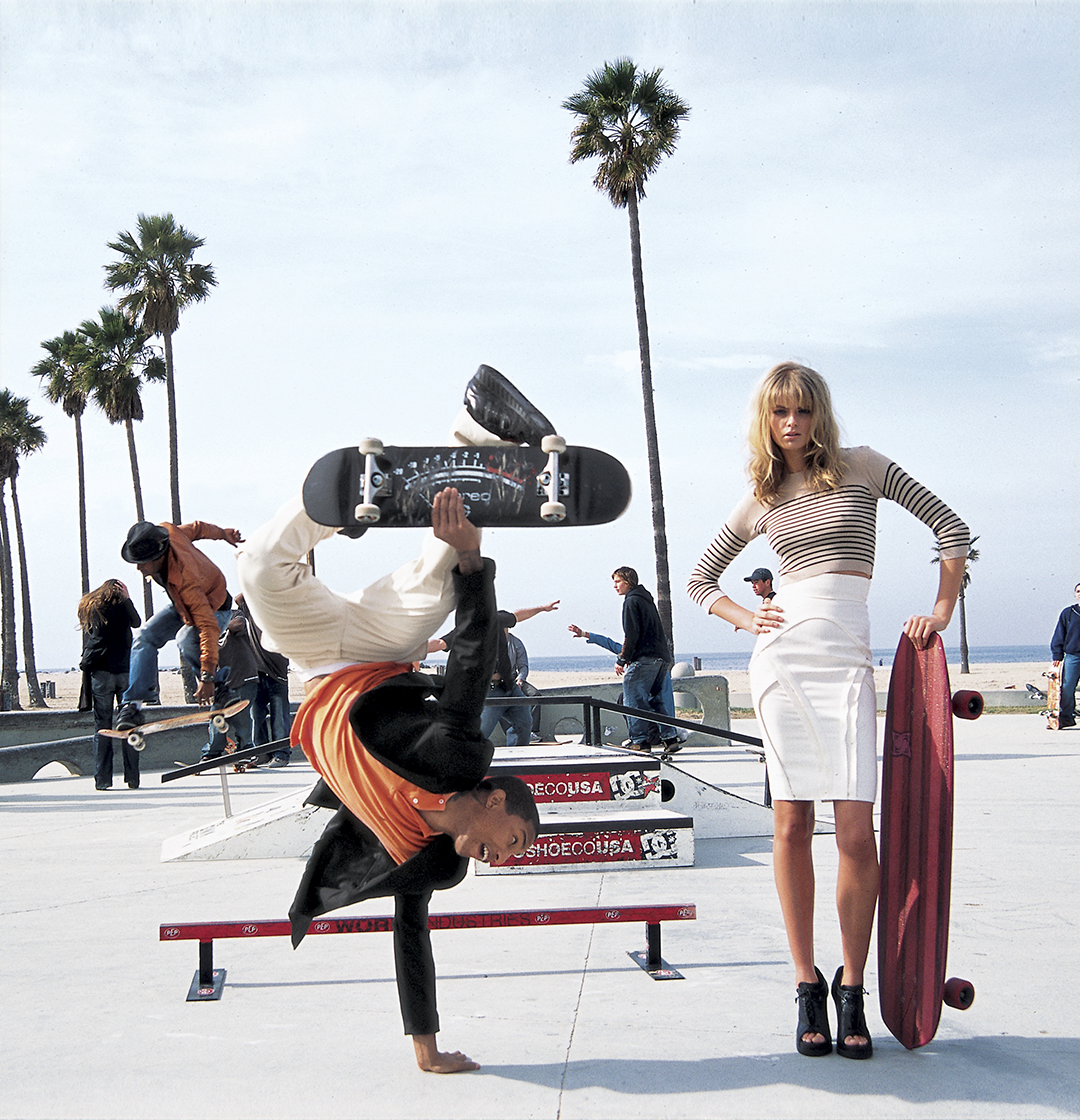



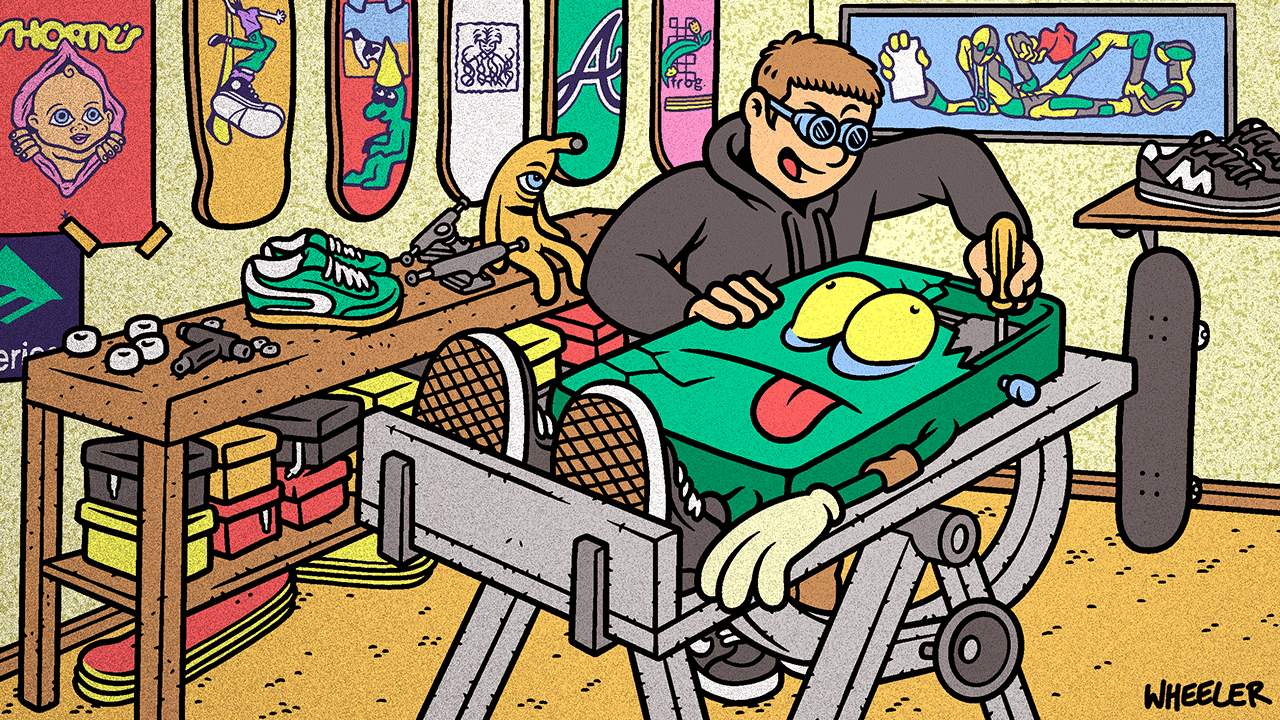

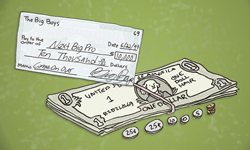


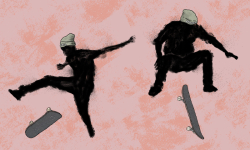
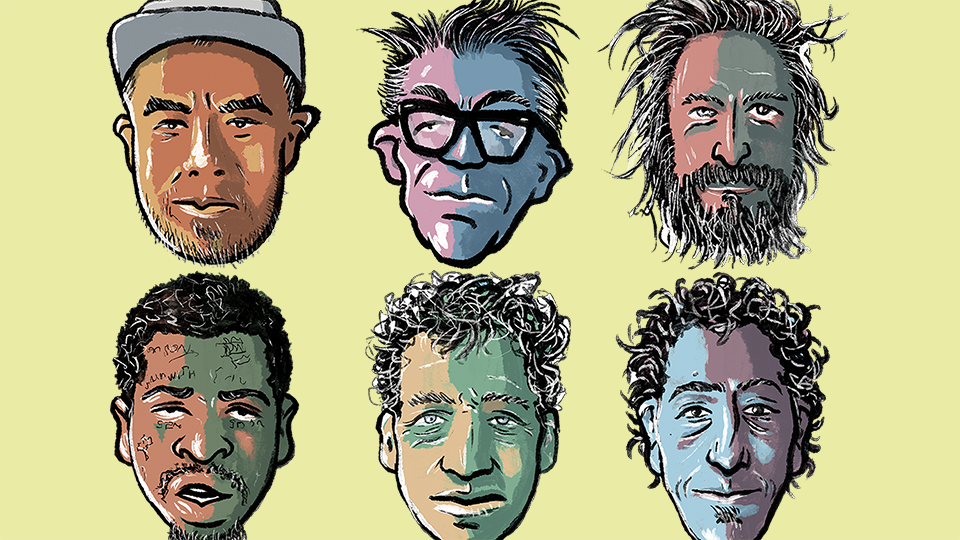
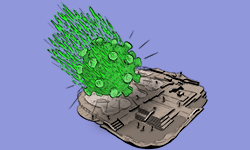
July 16, 2019 2:34 pm
I think that skate clothes being trendy is good to a fault. Finally, some high fashion people won’t look ridiculous. As long as they don’t take it too far.
October 14, 2020 9:34 pm
I totally agree with you. I might wear them to work.
https://charlottemoldremovalservices.com
July 16, 2019 4:41 pm
Skateboarding is not trendy, only skaters think that.
July 16, 2019 4:49 pm
I think, I’ve had enough.
July 16, 2019 9:58 pm
wonder what julien thinks of that Grimple board in the spotlight?
October 14, 2019 10:43 pm
us grimples hate it